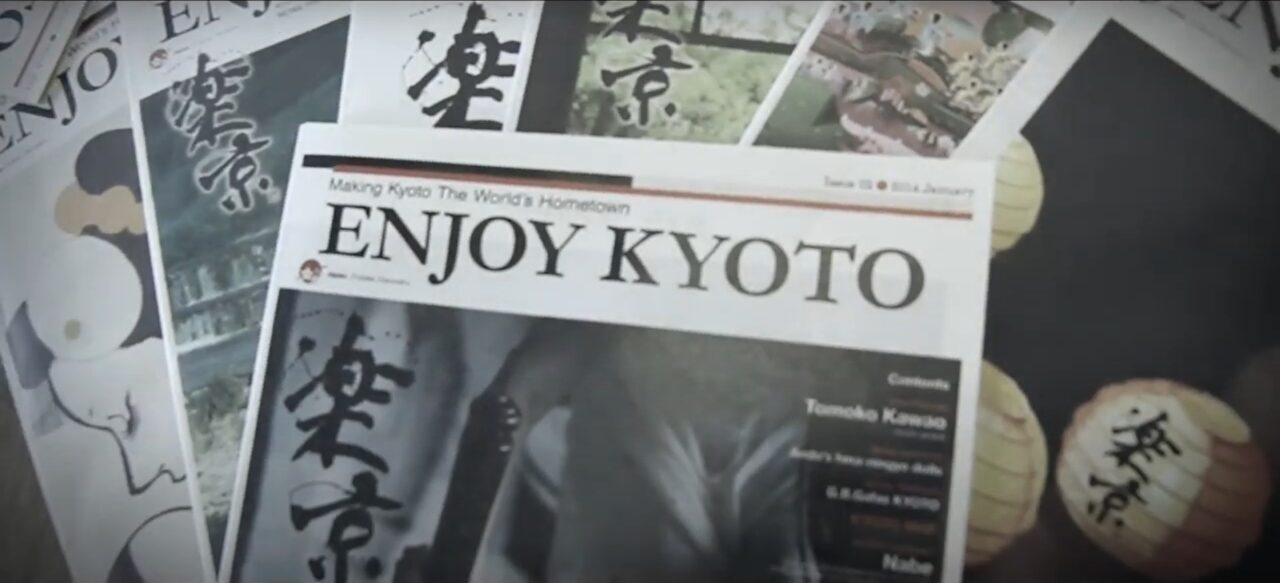- 10/17/2024
How to Get to Kyoto from Osaka Airports: Kansai International (KIX) and Itami (ITM)
Kyoto is one of the most visited cities in Japan, known for its ancient temples, lush gardens, and c […]

Kyoto is one of the most visited cities in Japan, known for its ancient temples, lush gardens, and c […]
Kyoto may be known for its refined cuisine and historic dining experiences, but it also offers plent […]
Kyoto’s rich culinary scene makes it a paradise for food lovers, but vegans and vegetarians can stru […]
For international tourists visiting Japan, navigating the language barrier can be one of the most ch […]
As Japan’s cultural heart, Kyoto is renowned for its temples, traditional tea houses, and breathtaki […]
Autumn. It’s a magical season just about everywhere, but fall in Kyoto just feels different. To see […]
Among Kyoto’s many attractions, its annual festivals offer visitors a unique glimpse into the […]
Masaya Kushino Born in 1982 on Innoshima Island, Onomichi, Hiroshima Prefecture. After graduating fr […]
Kyoto, with its serene temples, vibrant culture, and rich history, offers a unique experience for ev […]
Jeff BerglundInternational Goodwill Ambassador for Kyoto City, Professor of Intercultural Communicat […]